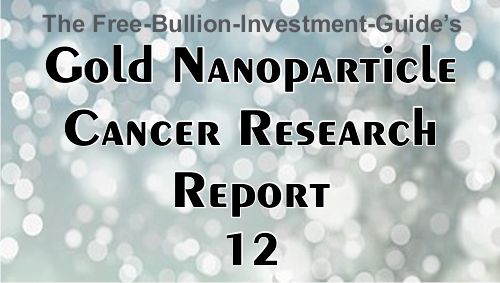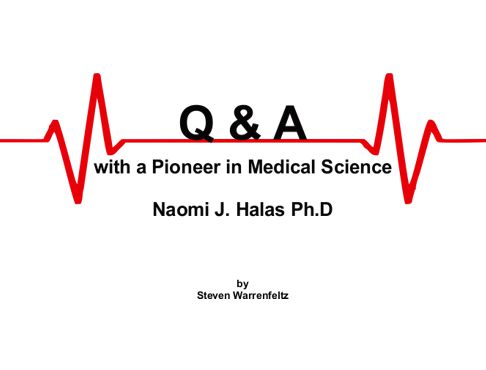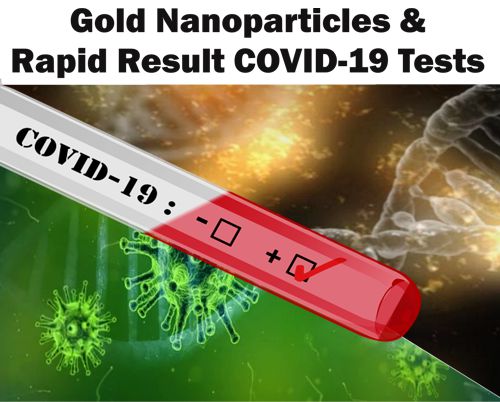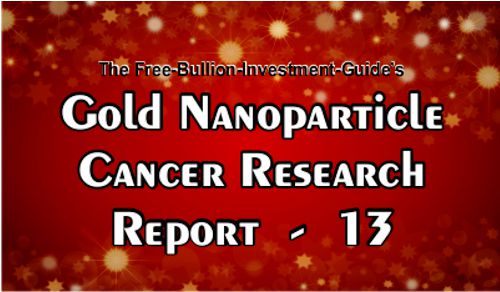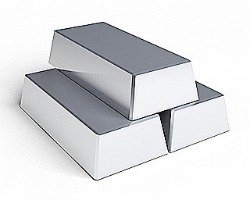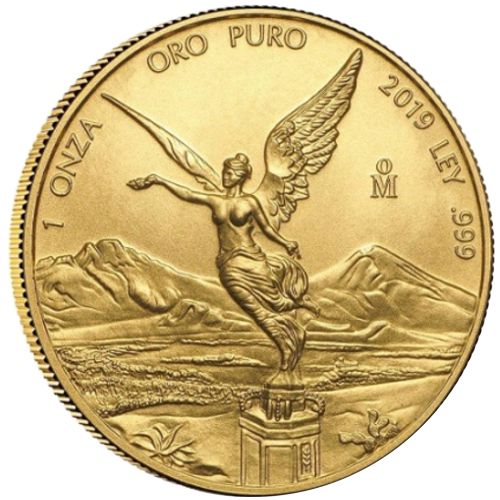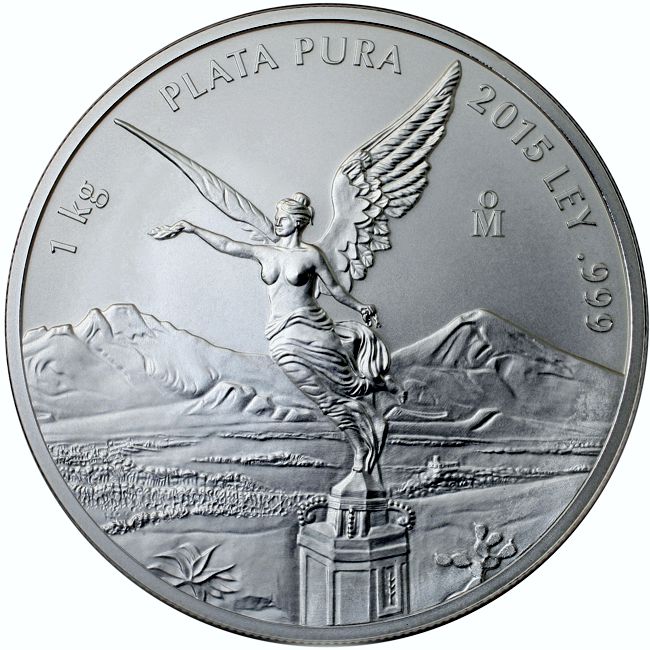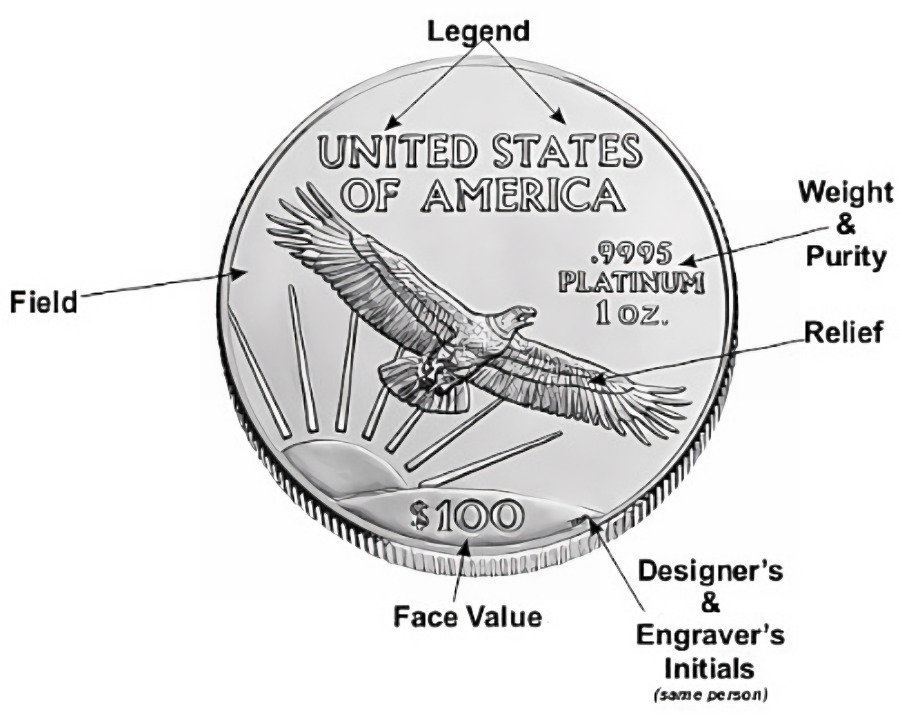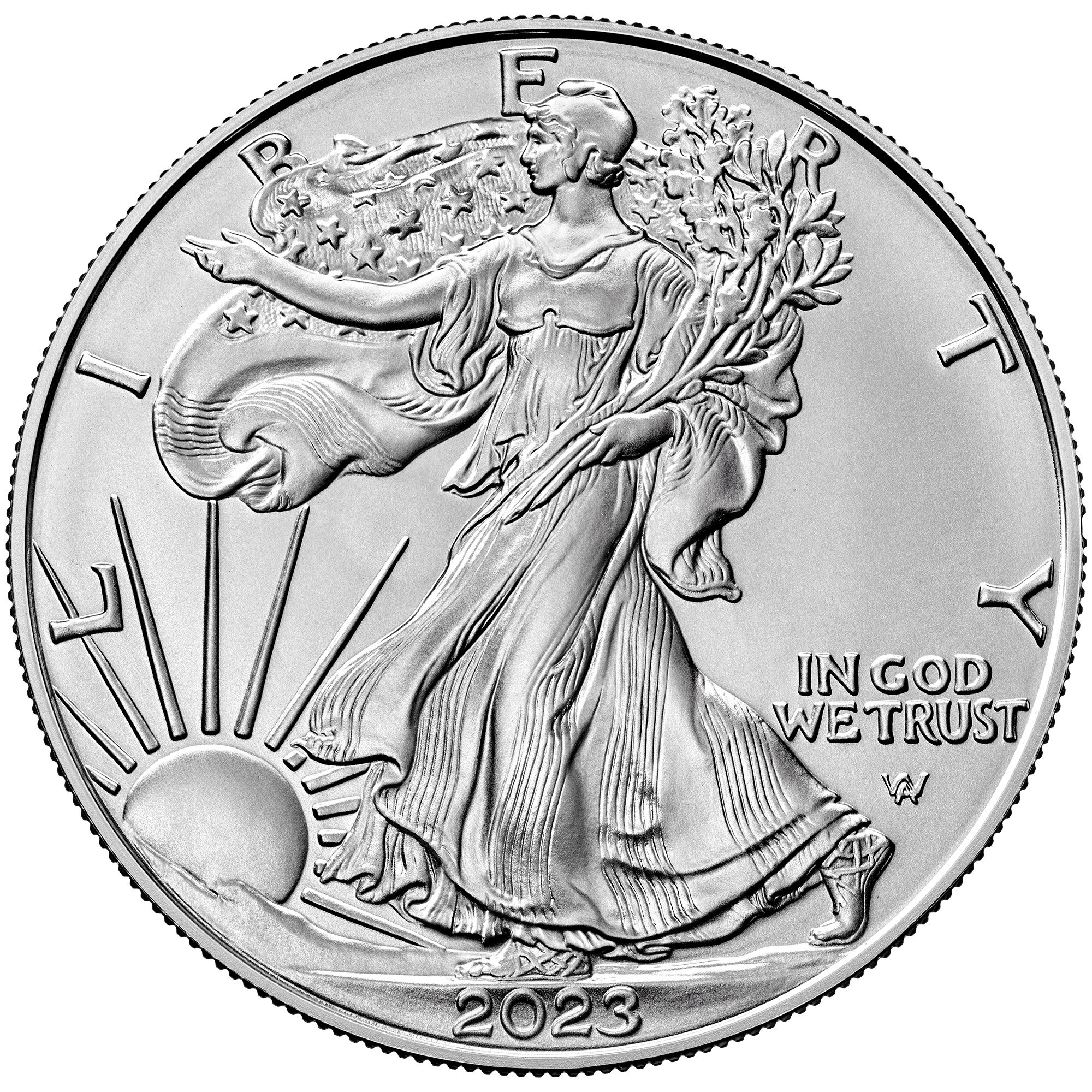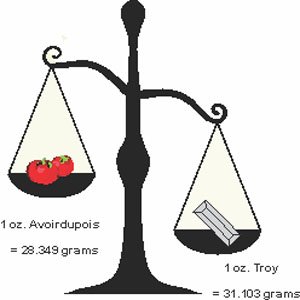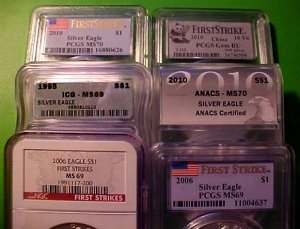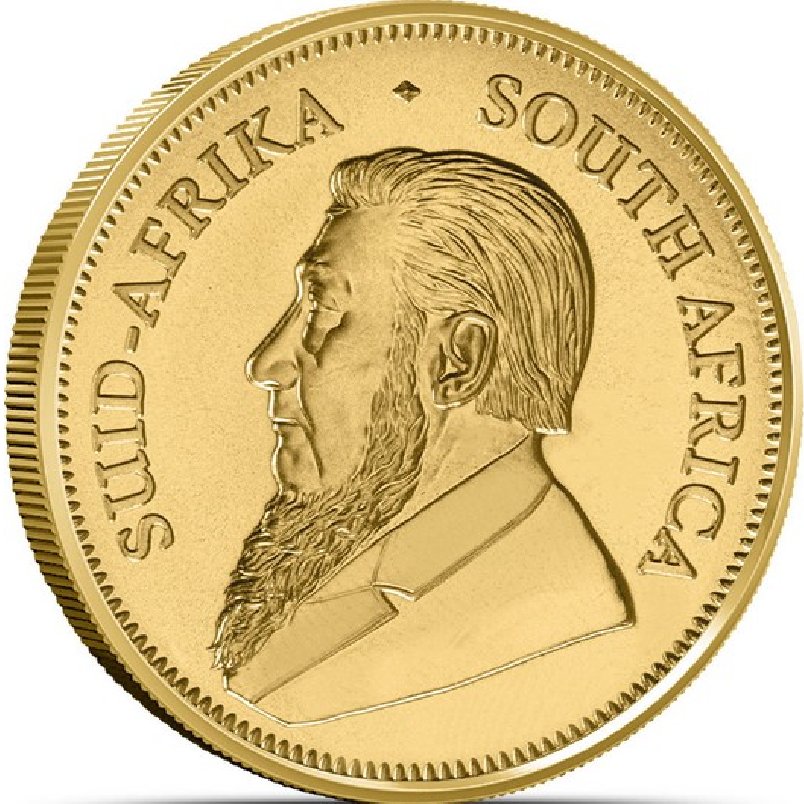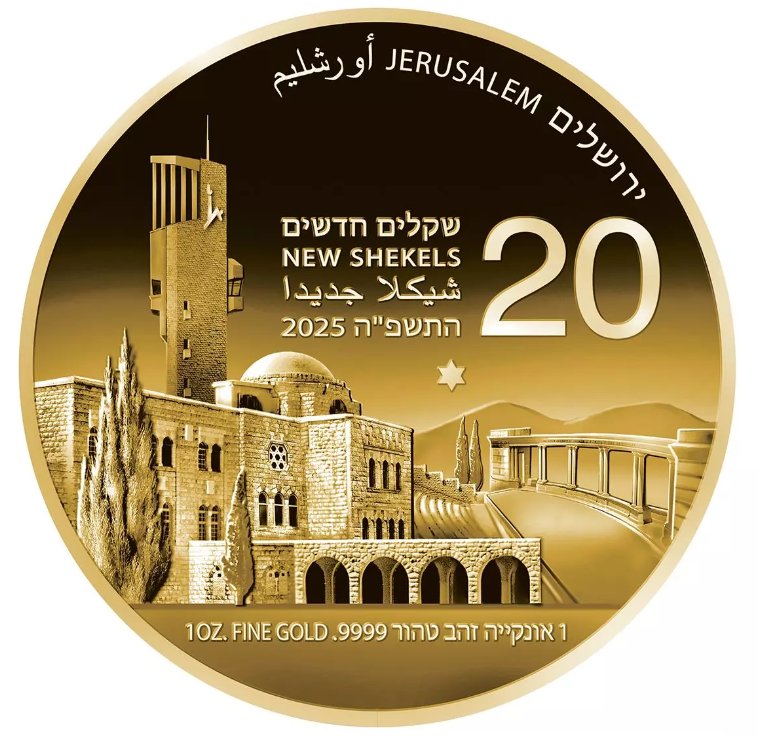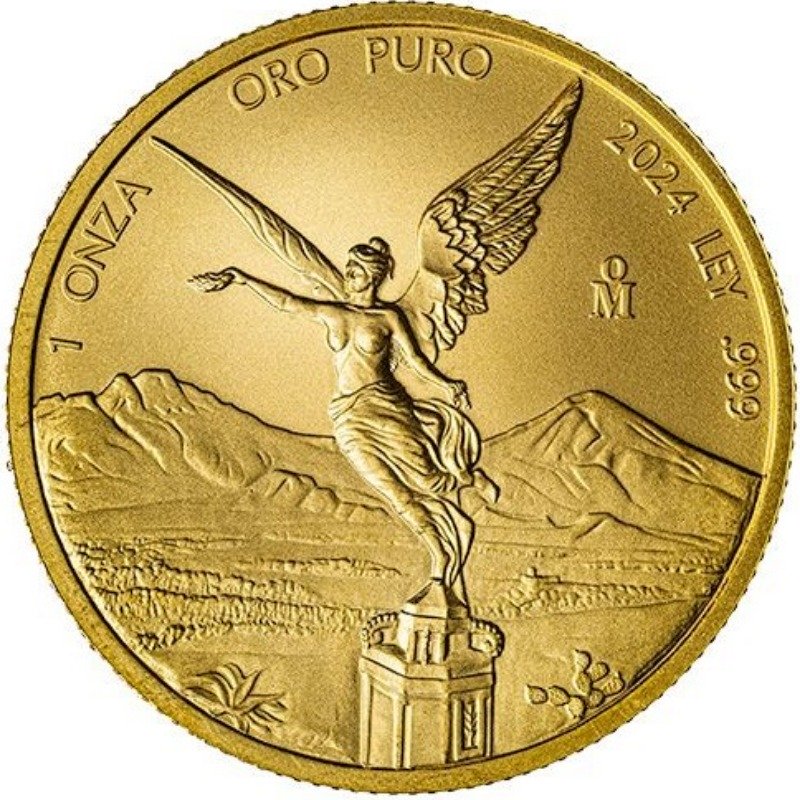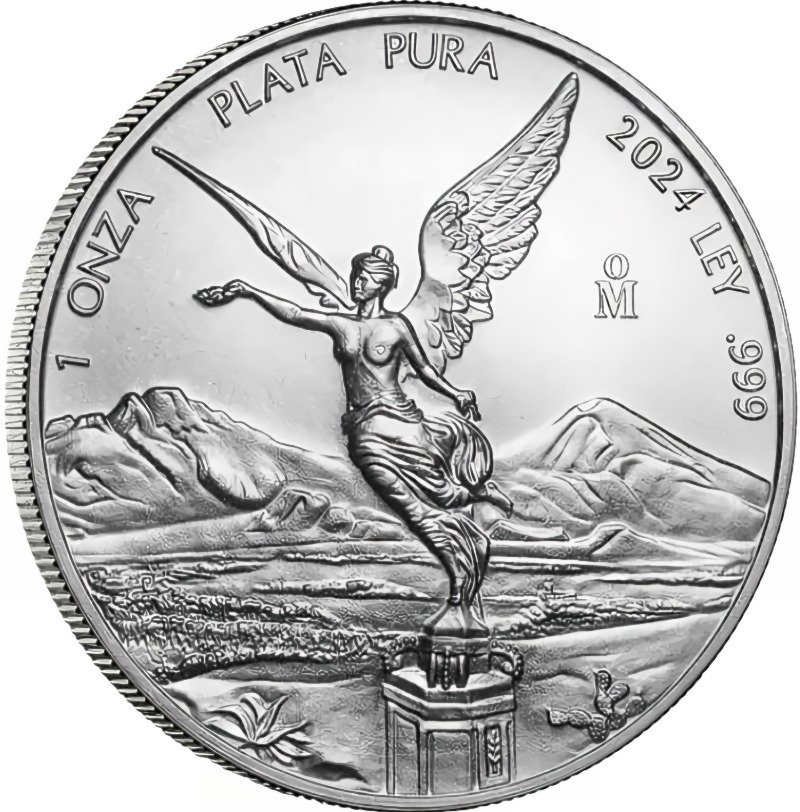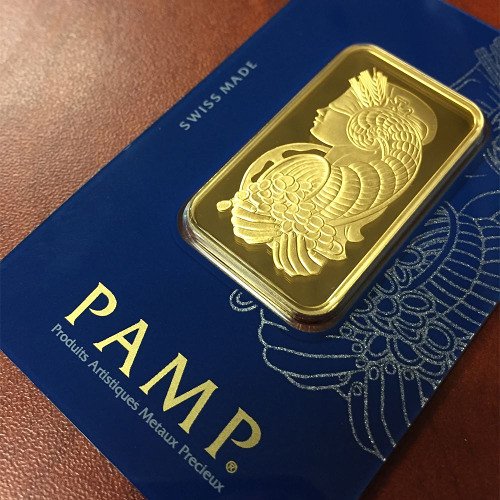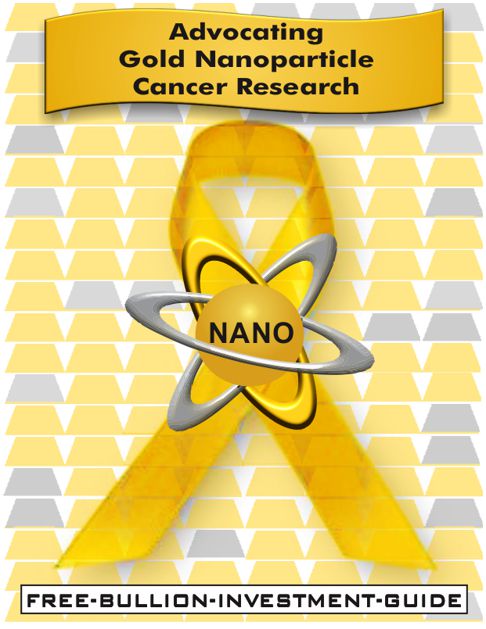Homepage / AuNP Research Blog / Gold Nanoparticle Cancer Research Report #12`

ExpressGoldCash - 4.9 star - Customer Reviews
Gold Nanoparticle Cancer Research Report
#12
Originally Posted on 01/21/2019 @ 2:34 pm EST
Last Edited on 3/28/2025
by Steven Warrenfeltz
Hello,
Gold nanoparticles are a better way to treat cancer than today's methods.
When we reflect on the conventional approaches to cancer treatment today, the terms "chemotherapy" and "radiation therapies" frequently come to mind. These time-honored methods have long been the cornerstone of cancer care.
What else comes to mind when we think of today's traditional methods of treating cancer? Answer: discomfort, pain, and mortality... This shouldn't be the case.
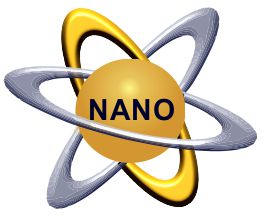
Taking a certain medicine or medical treatment should heal the patient, not make them question their mortality. Baldness is not caused by cancer itself; rather, it is often a result of the toxins from cancer treatments. We need to move away from 20th-century methods of treating cancer and embrace the more advanced approaches to treat cancer that are available in the 21st century.
Gold Nanoparticles are inert, and research studies have proven that they can be made to only attack and kill cancer cells, so there are no life-threatening side-effects associated with this research.
Gold Nanoparticle Cancer Research has repeatedly shown, in study after study, that it should be one of the 21st century's better ways of treating cancer.
This report provides summaries of the most promising and compelling studies from the past month on gold nanoparticle medical research, with links to original articles and reports for each summary.
Here's what you'll find in this report:
- Follow-up on Naomi J. Halas's research for treating prostate cancer discussed in this blog post Q & A with a Pioneer in Medical Science Naomi J. Halas Ph.D
- Stanford University Medicine uses Gold Nanoprisms to enhance molecular images.
- Scientists out of the University of Queensland create a Fast and Inexpensive Universal Cancer Test
Follow-up on
Naomi J. Halas Ph.D
Human Clinical Trials
Two months ago (November 2018), this guide published a blog post that was a Q & A with Dr. Naomi J. Halas of Rice University in Houston, Texas, seen here.
The 3rd question that was asked of Dr. Halas was in regard to the following question:
- "What is your perspective on how close or far away Gold NanoParticle Cancer Therapy is from coming into the market?"
In Dr. Halas's answer, she stated that her research is the backbone of human clinical trials on men with prostate cancer. The research uses gold nanoshells from Nanospectra Biosciences (a company she co-founded).
In addition, she stated that Dr. Rastinehad of Mt. Sinai Hospital and Steven E. Canfield of UT Health are currently conducting human trials using her gold nanoshells.
Frank Billingsley is one of the individuals who was participating in the Houston clinical trial; he also happens to be a weatherman for a local Houston TV station.
The video below reports his progress.
Click the following link to see the Q & A with Naomi J. Halas who developed the Gold Nanoshell Prostate Cancer Treatment that Frank Billingsly was given: Q & A with a Pioneer in Medical Science - Naomi J. Halas Ph.D - Free-Bullion-Investment-Guide
You can also learn more about the procedure in this article: Gold Nanoparticles Act as Tumor-seeking Missiles - Technology Networks
Furthermore, the following article from 'Technology Networks' discusses Dr. Naomi J. Halas's Gold Nanoparticle Prostate Cancer Treatment.
|
Doug Flewellen, the first patient in Texas to receive the new method of care, says for him, the procedure was a no-brainer. |
Stanford University Medicine uses Gold Nanoprisms to
Enhance Molecular Imaging
To view molecular structures inside the body, researchers use a device called Optical Coherence Tomography, or OCT; the imaging system is often used by ophthalmologists to study the different structures of the eye.
 gold prisms
gold prismsResearchers in this study combined the OCT with gold nano-prisms. The gold nanoprism's light refraction properties enhanced the details of the Optical Coherence Tomography (OCT), making the images sharper with more detail.
The following excerpt was taken from the Stanford Medicine article about the study:
|
They "first demonstrated the technique by imaging blood vessels and melanoma tumors in a mouse's ear: Regular OCT showed an intricate web of vessels, all forking in different direction." "But with the addition of gold nanoprisms, a scan of the same area was nearly opaque with vessels, revealing a huge number of blood conduits that hadn't been seen before." - Stanford Medicine |
Adam de la Zerda, PhD, the assistant professor of structural biology, sees the new imaging technique as a "potential step for assessing cancer drug efficacy."
Currently, the study only involves the use of live mice as their test subjects because the gold nanoprisms have to be approved by the FDA before they can be used on humans. However, the researchers are hoping to expand their research while they wait on the approval.
See more about this research here: Gold “nanoprisms” open new window into vessels and single cells - Stanford MedicineLow Cost, 10-min Cancer Test is Developed using Gold Nanoparticles
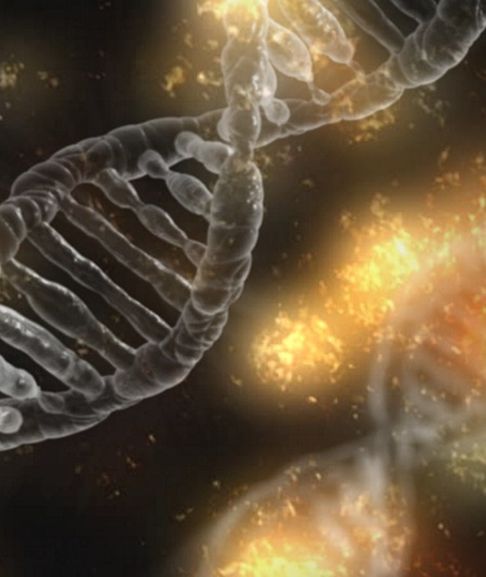
In a scenario where someone had an unknown issue that doctors couldn't pinpoint, this quick and low-cost method of finding cancer would replace the current cancer diagnosis methods.
The study explores the contrasting mechanisms of DNA function in healthy cells versus cancerous cells mutating.
Scientists out of the University of Queensland in Australia found that if cancerous DNA, of any kind, was present in this experiment, the gold nanoparticles would change color.
The lead professor stated the following about the study's results:
|
"We certainly don’t know yet whether it’s the holy grail for all cancer diagnostics, but it looks really interesting as an incredibly simple universal marker of cancer, and as an accessible and inexpensive technology that doesn’t require complicated lab-based equipment like DNA sequencing" - Matt Trau, professor of chemistry at the University of Queensland |
Find out more about this study from the University of Queensland in Australia, here: Scientists develop 10-minute universal cancer test - The Guardian
Thank You for your Time.
Take Care & God Bless,
Steve
Gold NanoParticle Cancer Research
|
Click Here to See all the
Gold Nanoparticle Cancer Research Blog-Posts
Other pages, on this Guide, that you
may like...
|
|
|

ExpressGoldCash - 4.9 star - Customer Reviews
Notice:
The charts, commentary, and information on the Free-Bullion-Investment-Guide.com are not meant to encourage you to invest or divest in any particular way.
|
Support this Guide & Paypal Thank You for Your Support |
|
|
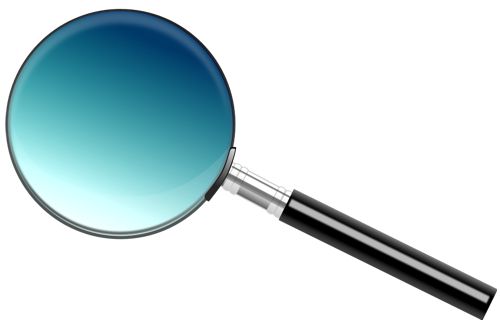 | |||||

Ad Gloriam Dei
This website is best viewed on a desktop computer.
Keep this Guide Online
& Paypal
Thank You for
Your Support
with Feedly
Search the Guide
| search engine by freefind | advanced |
Premium Canadian Bullion
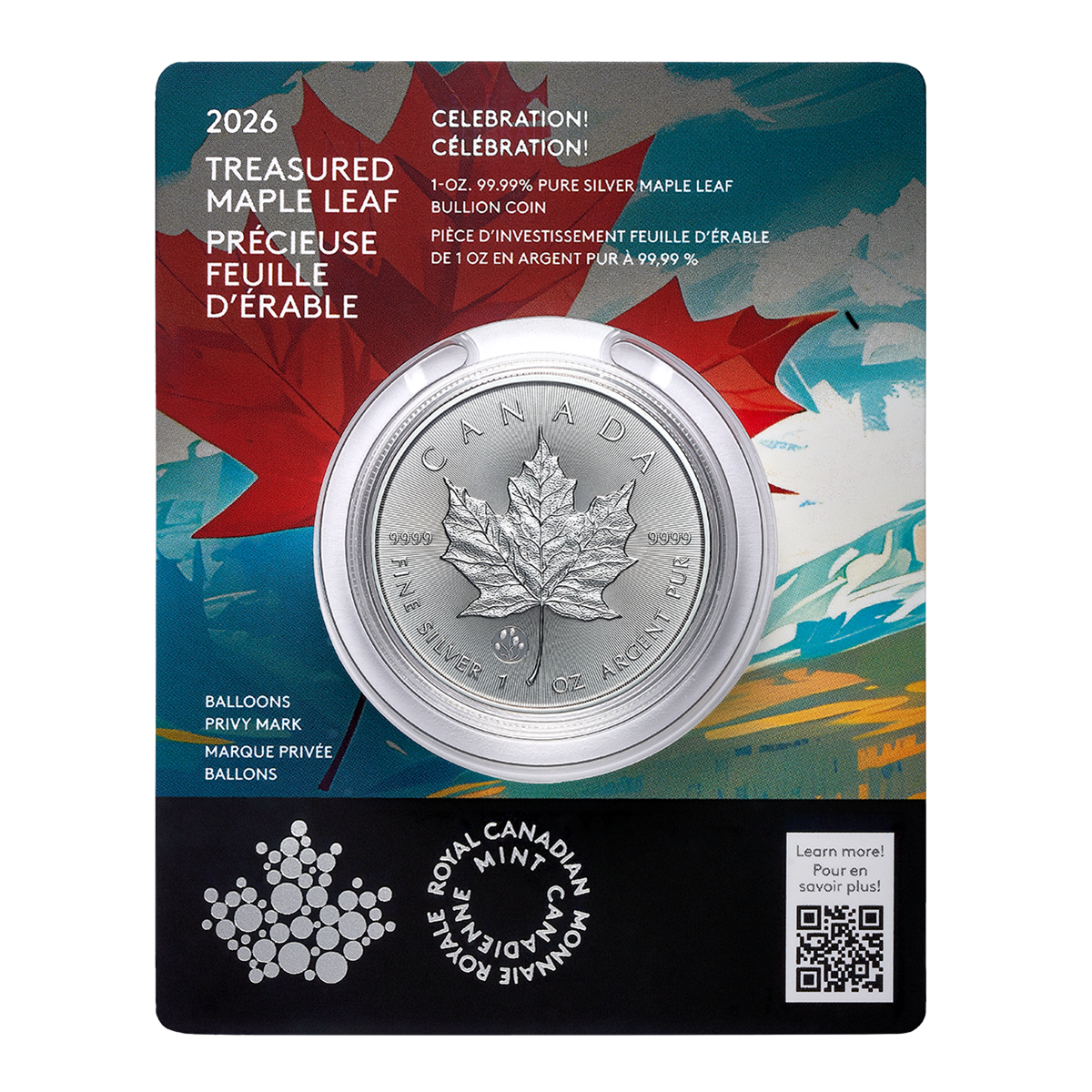
Give a lasting gift of the iconic Silver Maple Leaf bullion coin [More]
Free Shipping on Orders over $100 (CDN/USA)
or
From the U.K. Royal Mint


Daily
Newsletter
Updated Mintages for
American Gold Buffalo
American Gold Eagle
American Silver Eagle
2024 & 2025
Jerusalem of Gold Bullion
Coin photos
(bottom of page)
Mintages
for
2024
Gold & Silver Mexican Libertad
|
Gold Libertads |
Chinese Gold Coin Group Co.
& Chinese Bullion
Help Us Expand our Audience by forwarding our link
www.free-bullion-investment-guide.com.
Thank You!
Last Month's

In No Particular Order
November 2025
All Articles were Originally Posted on the Homepage
